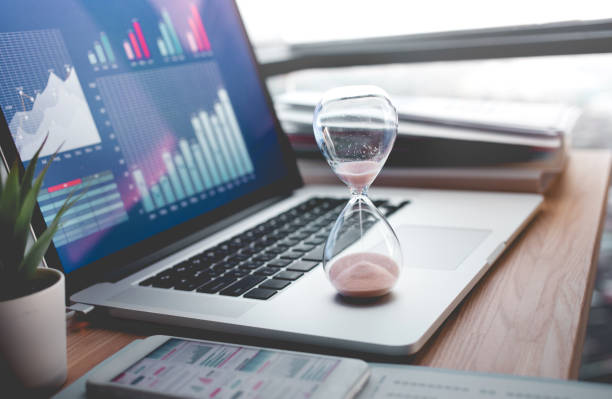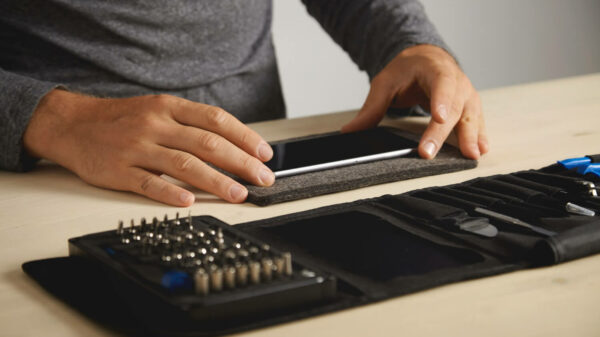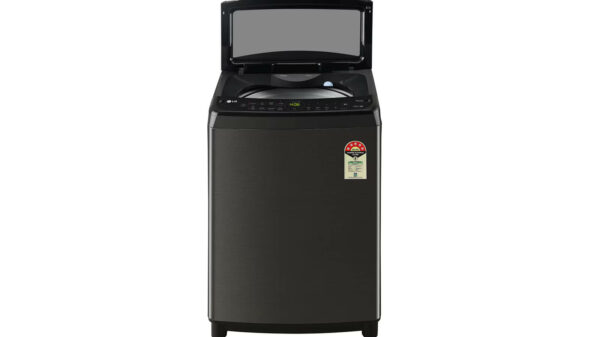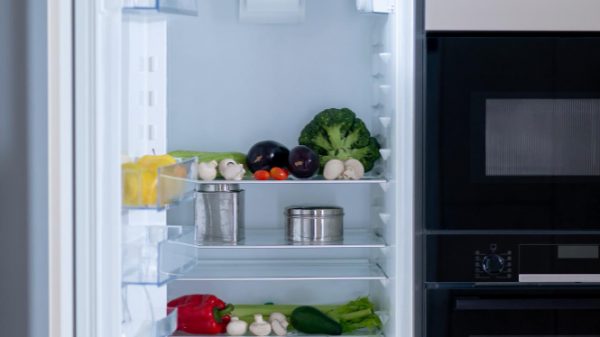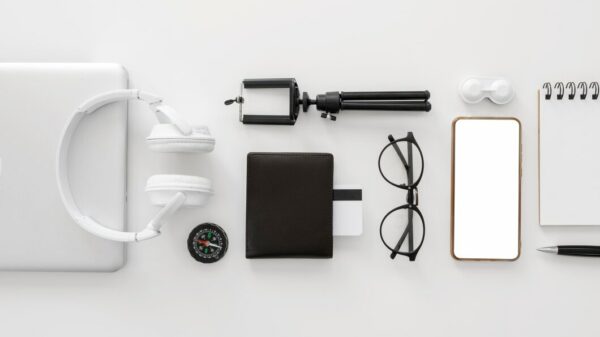As you rely on your laptops for both work and personal use, it can be frustrating when they start to slow down. A slow laptop not only impacts productivity but can also deplete our patience and cause unnecessary stress. Thankfully, there are a few simple steps you can take to boost your laptop speed and improve its overall performance.
In this article on Pickaboo, you will see five effective tips that can help fix slow laptop issues and keep your device running smoothly. So whether you’re experiencing lag, slow boot-up times, or unresponsive programs, these tips will help you breathe new life into your laptop.
-
Close unused programs
One of the main reasons for a slow laptop is having too many programs running at once. Each program requires processing power, memory, and other resources, and having too many of them open can overload your system and cause it to slow down. To boost your laptop’s speed, make sure to close any unused programs and keep only the essential ones running. This will free up resources and allow your laptop to function more efficiently.
-
Clear out temporary files
Temporary files are generated as you use your laptop and can quickly accumulate, taking up valuable storage space and slowing down your device. It’s essential to regularly clear out these files to free up space and improve your laptop’s performance. You can easily do this by running a disk cleanup utility or using a dedicated cleaning software. Be sure to also clear your web browser’s cache and history to maximize the impact of this step.
How to clear out temporary files? Clearing out temporary files on your laptop is a simple task that can help free up storage space and improve its speed and performance. Here’s how to do it:
- Open the File Explorer on your laptop by clicking on the corresponding button in the taskbar or by searching for it in the search bar.
- In the File Explorer, click on “This PC” or “My Computer” to view all your drives.
- Right-click on the drive where your operating system is installed (usually the C: drive) and select “Properties”.
- Under the “General” tab, click on the “Disk Cleanup” button.
- The Disk Cleanup utility will scan your drive for temporary files and give you a list of files to delete.
- Check the boxes next to the types of temporary files you want to delete and click on “OK”.
- Confirm the deletion by clicking on “Delete Files”.
- Repeat this process for all other drives, including external drives.
- You can also clear out your web browser’s cache and history by going into its settings and selecting the option to clear browsing data.
- Restart your laptop to complete the process.
-
Perform regular system updates
System updates not only introduce new features and fix bugs but they also improve your laptop’s speed and overall performance. These updates often contain important security patches and software optimizations that can boost your laptop’s speed. Make sure to check for and install updates regularly to keep your laptop running at its best. You can set up automatic updates to ensure your system is always up-to-date.
-
Uninstall unnecessary software
Similar to closing unused programs, having unnecessary software installed on your laptop can also slow it down. Some programs may run background processes or constantly use up resources even when not in use. Take some time to go through your installed programs and uninstall any that you do not need or use. This will not only declutter your system but also improve its overall performance.
How to uninstall unnecessary software? Uninstalling unnecessary software on your laptop is a simple process that can help improve its speed and performance. Here are the steps to follow:
- Open the Control Panel on your laptop. This can usually be found in the Start menu or by searching for it in the search bar.
- Click on “Programs” or “Programs and Features” in the Control Panel.
- A list of all the programs installed on your laptop will appear. Take some time to go through the list and identify any programs that you do not need or use.
- Click on the program you want to uninstall and then click on the “Uninstall” button at the top of the list.
- Follow the prompts to complete the uninstallation process.
- Repeat this process for any other unnecessary programs on your list.
- Once you have uninstalled all the unnecessary programs, restart your laptop to complete the process.
Note: Be cautious when uninstalling programs and make sure not to remove any essential system files or programs that you are not familiar with.
If your laptop is still slow after trying the previous tips, it may be time to consider upgrading its hardware components. Adding more RAM, replacing a hard drive with a solid-state drive, or upgrading your processor can significantly improve your laptop’s speed and performance. However, it is important to note that hardware upgrades may require technical expertise and could be costly, so be sure to research and consult a professional before making any changes.
Conclusion
These five tips can help you boost your laptop’s speed and fix slow laptop issues. By closing unused programs, clearing out temporary files, performing regular updates, uninstalling unnecessary software, and upgrading hardware components when necessary, you can keep your laptop running efficiently and smoothly.

